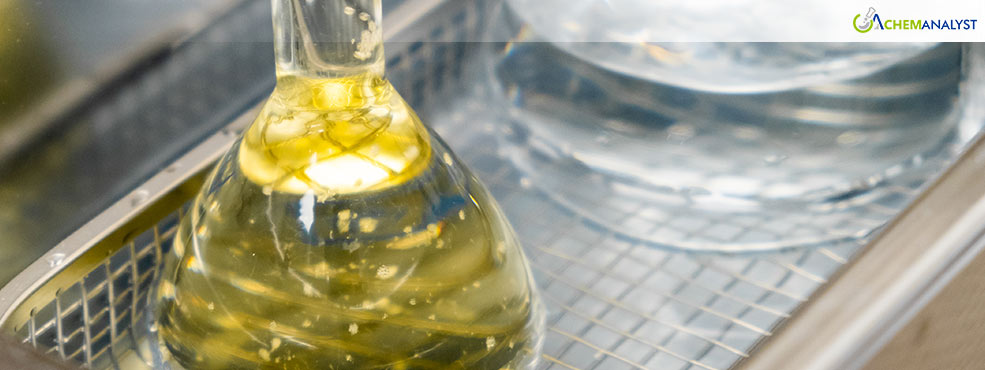US Based Chemists Unveil Eco-Friendly Chlorine Method
- 03-Jan-2025 11:00 PM
- Journalist: Shiba Teramoto
Chlorine, a chemical integral to daily life, has found a greener and more cost-effective integration method thanks to a breakthrough by Rice University chemists. Their innovative research, published in Nature Synthesis on January 2, introduces a sustainable photocatalytic process that simplifies adding chlorine to organic molecules, paving the way for cleaner production of medications, plastics, pesticides, and other essential products.
The study, led by Julian West, assistant professor of chemistry and a Cancer Prevention and Research Institute of Texas (CPRIT) Scholar, addresses the environmental challenges of traditional chlorination methods. Conventionally, chlorination relies on harsh chemicals or high temperatures, often generating difficult-to-purify byproducts. The team’s approach employs iron and sulfur catalysts activated by mild blue light to achieve efficient chlorination under room-temperature conditions.
“Our method uses sustainable, low-cost catalysts and operates at room temperature with gentle blue light,” West explained. “It provides a targeted, efficient way to chlorinate molecules without the environmental and purification challenges of conventional approaches.”
One standout feature of this technique is its precision in chlorine placement, a process known as anti-Markovnikov hydrochlorination. This selective targeting attaches chlorine atoms to less-reactive parts of a molecule, yielding highly pure products. The increased precision eliminates the need for extensive purification steps, saving time and reducing costs for chemical manufacturers.
The researchers also explored an intriguing extension of their method by incorporating deuterium, a stable hydrogen isotope, using heavy water. This modification could significantly enhance the stability of certain drugs, allowing them to remain active in the body for longer periods and potentially boosting their therapeutic efficacy.
“It’s exciting that this method could open new doors for modifying pharmaceuticals and natural products in ways that weren’t possible with older techniques,” West added.
The study was a collaborative effort involving Rice University students Kang-Jie Bian, Shih-Chieh Kao, Ying Chen, Yen-Chu Lu, David Nemoto Jr., and Xiaowei Chen. Additional contributions came from Angel Martí, professor and chair of chemistry, and professor of bioengineering and materials science and nanoengineering.
This groundbreaking method has the potential to revolutionize the chemical and pharmaceutical industries by combining environmental sustainability with cost-effective precision. With its innovative approach to chlorination and implications for drug stability, the research underscores the growing importance of green chemistry in advancing technology and protecting the environment.
By simplifying complex chemical processes and minimizing waste, Rice University’s eco-friendly chlorination method sets a new benchmark for sustainable innovation, offering hope for cleaner and more efficient production across multiple industries.



